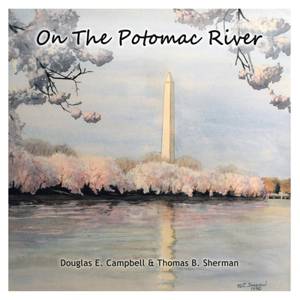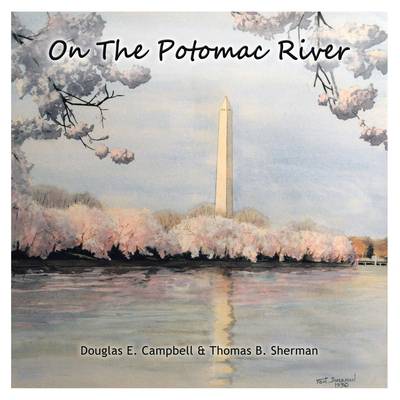
- Afhalen na 1 uur in een winkel met voorraad
- Gratis thuislevering in België vanaf € 30
- Ruim aanbod met 7 miljoen producten
- Afhalen na 1 uur in een winkel met voorraad
- Gratis thuislevering in België vanaf € 30
- Ruim aanbod met 7 miljoen producten
Zoeken
Omschrijving
The Potomac River meanders in its 383-mile journey past natural settings of the forests, rocks and falls (Great Falls, Little Falls, Three Sisters Rocks, Mather Gorge), the convergence of other rivers into the Potomac (the Shenandoah River at Harpers Ferry, the Eastern Branch of the Potomac at Washington, D.C., now called Anacostia River) and the architecture of man-made points of interest (Mount Vernon, the John F. Kennedy Center for the Performing Arts, Harper's Ferry, Fort Washington). Douglas Campbell (writer) and Thomas Sherman (artist) followed the entire length of the winding Potomac through its four distinct geographical areas: the Appalachian highlands of the westernmost portion of Maryland and the northern portion of West Virginia, Maryland's Cumberland Valley (called Shenandoah Valley in Virginia), the rolling Piedmont country beyond the Catocin mountains and the brackish Tidewater area where the waters become affected by the tidal pulls of the sun and moon.
Specificaties
Betrokkenen
- Auteur(s):
- Uitgeverij:
Inhoud
- Aantal bladzijden:
- 162
- Taal:
- Engels
Eigenschappen
- Productcode (EAN):
- 9781304698728
- Verschijningsdatum:
- 25/07/2014
- Uitvoering:
- Paperback
- Formaat:
- Trade paperback (VS)
- Afmetingen:
- 216 mm x 216 mm
- Gewicht:
- 412 g

Alleen bij Standaard Boekhandel
+ 128 punten op je klantenkaart van Standaard Boekhandel
Beoordelingen
We publiceren alleen reviews die voldoen aan de voorwaarden voor reviews. Bekijk onze voorwaarden voor reviews.











